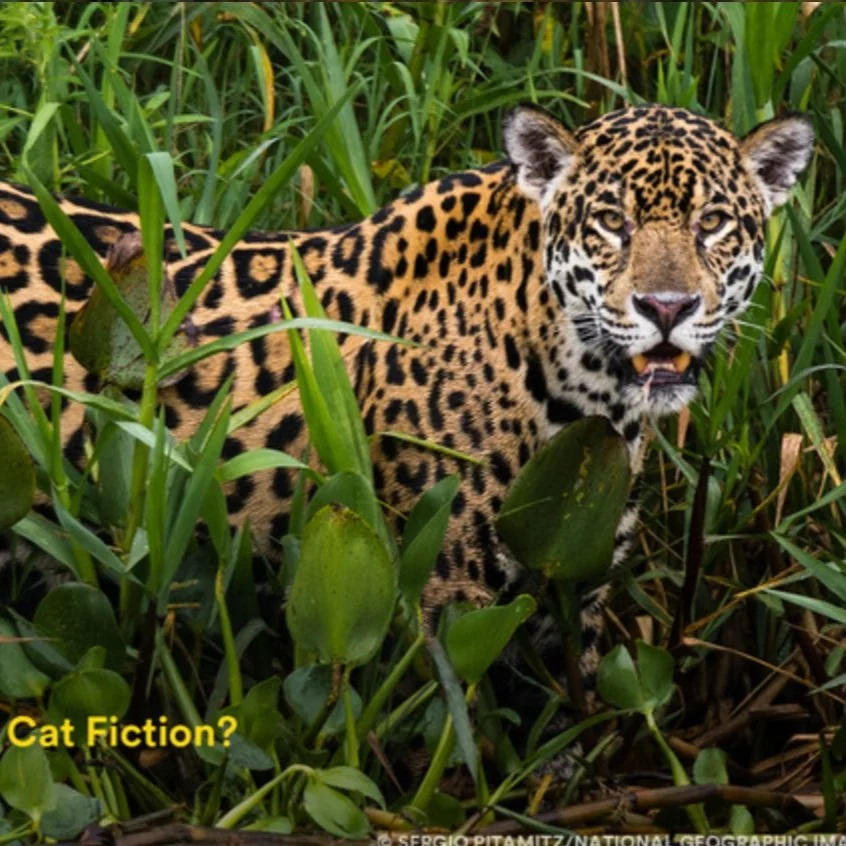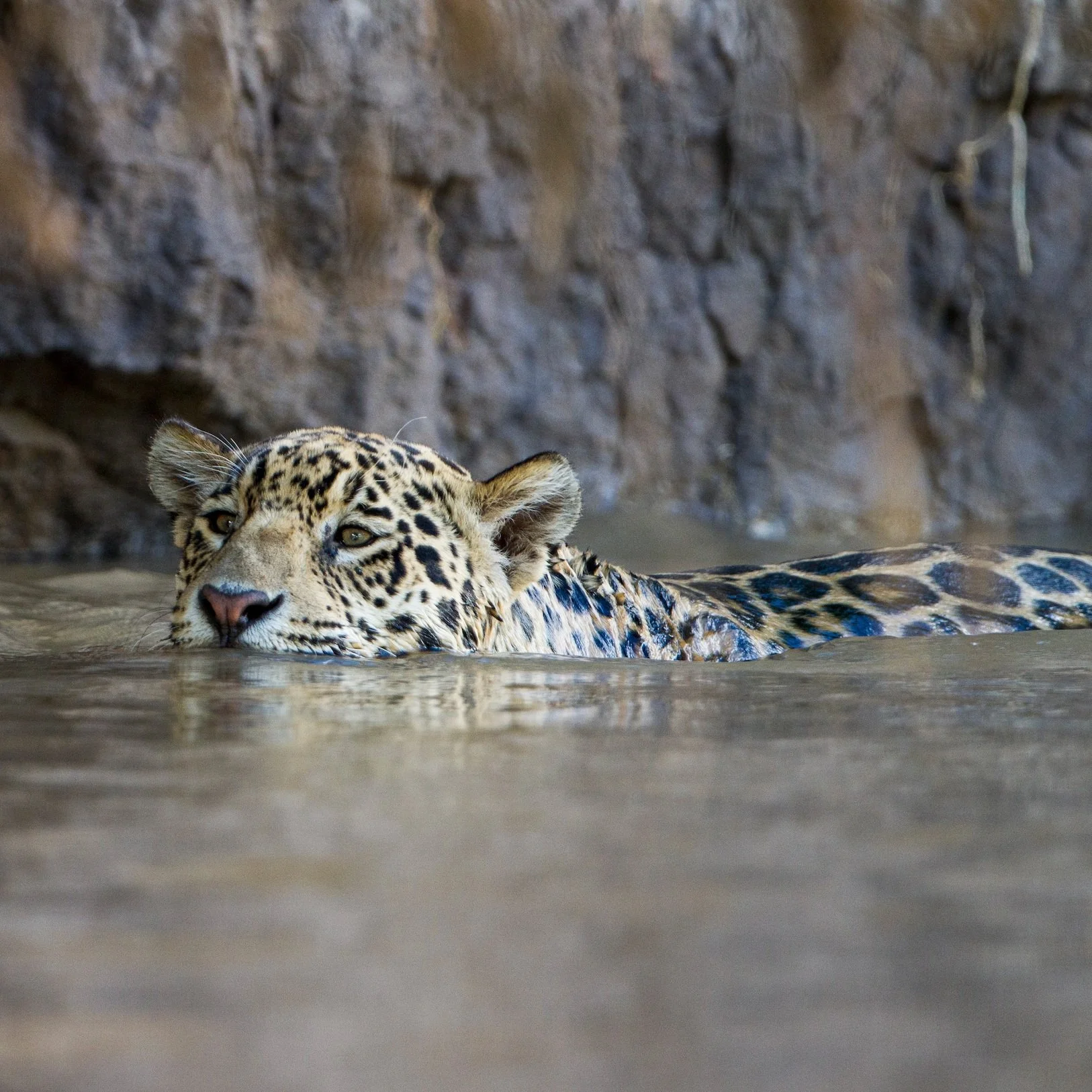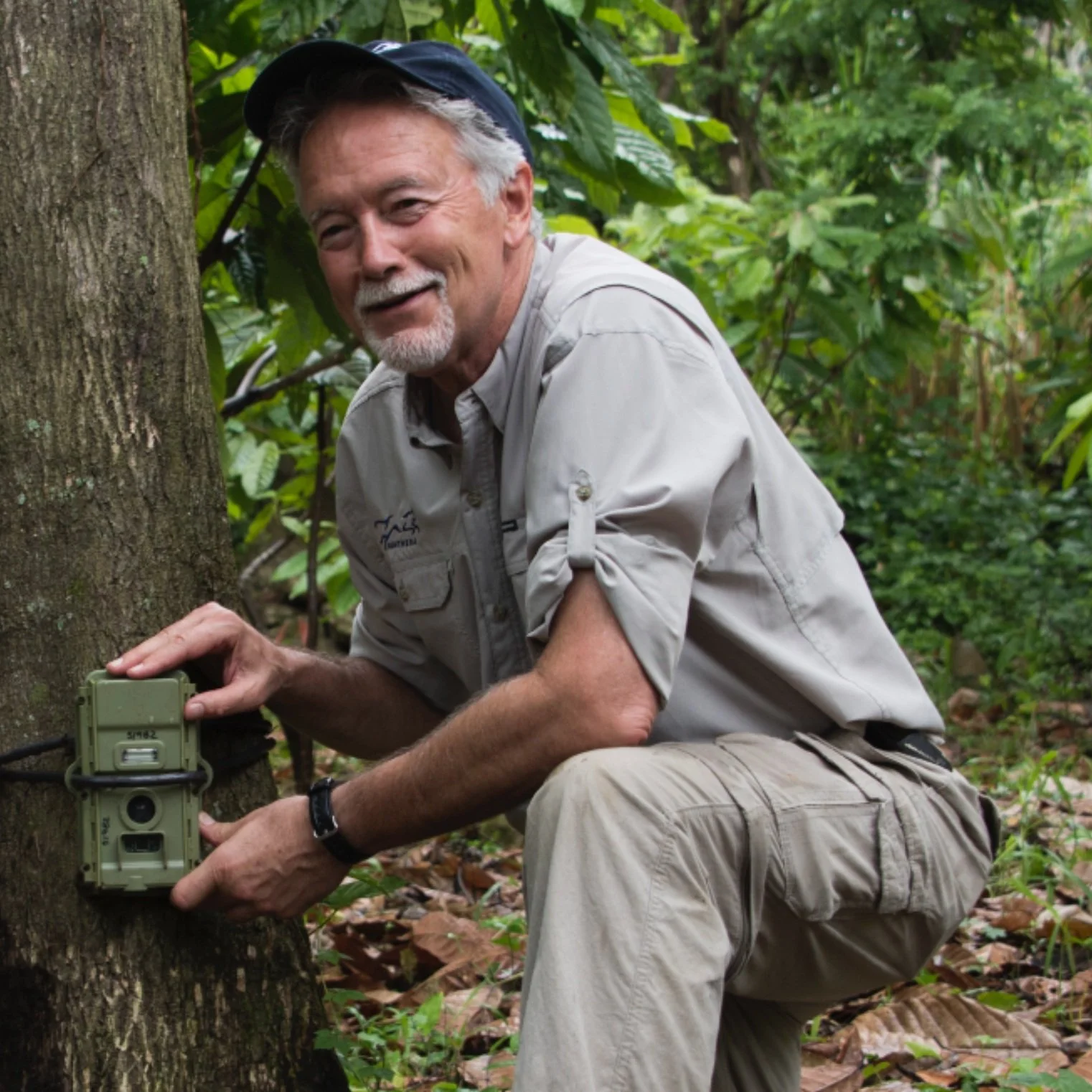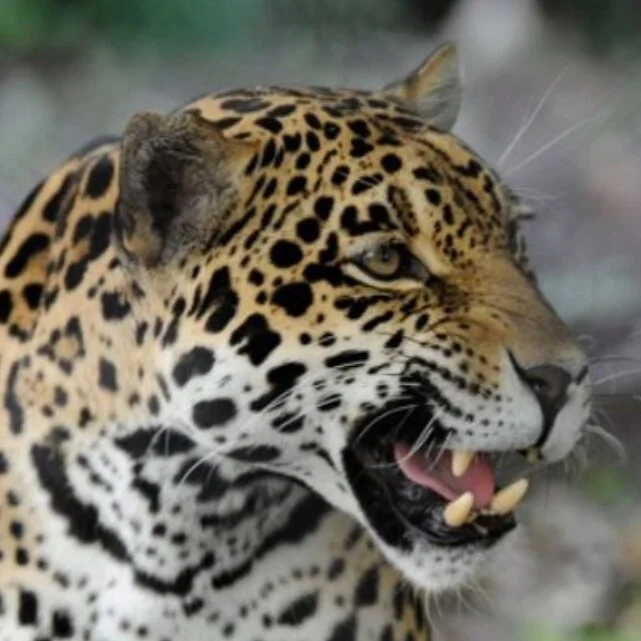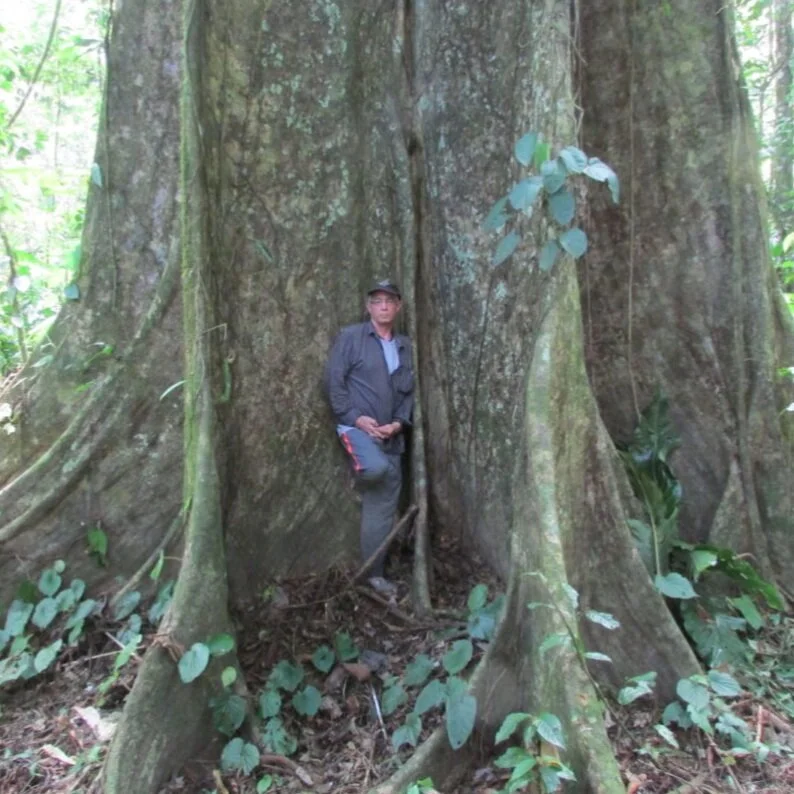Stories
How well do you know your wild cats? In this edition of "Cat Facts or Cat Fiction," we're testing your knowledge of jaguars! ¿Qué tan bien conoces a los felinos silvestres? En esta edición de "Datos sobre Felinos: ¿Realidad o Ficción?," ponemos a prueba tus conocimientos sobre los jaguares.
With the support of the Global Environment Facility Small Grants Programme, implemented by UNDP, a family in Costa Rica demonstrates how a livestock farm can contribute to healthy soils and environmental sustainability while becoming wildlife corridors supporting both people and wild cats.
Entre las décadas de 1960 y 1970, los jaguares fueron objeto de una intensa caza, con la muerte de hasta 18.000 ejemplares al año para alimentar el comercio de sus pieles. En 1975 se puso fin al comercio de pieles de jaguar gracias a la CITES (Convención sobre el Comercio Internacional de Especies Amenazadas de Fauna y Flora Silvestres), y las poblaciones empezaron a estabilizarse.
Between the 1960s and 1970s, jaguars were heavily hunted, with as many as 18,000 killed every year to feed the trade in their skins. In 1975, the trade in jaguar hides was halted thanks to CITES (the Convention on International Trade in Endangered Species of Wild Fauna and Flora), and populations began to stabilize.
Over nearly five decades, Dr. Howard Quigley dedicated his career to studying, conserving and shining a spotlight on our planet’s too often overlooked wild cats.
On International Jaguars Day on 29th November, we follow how the United Nations Environment Programme (UNEP) is working with Panama to promote jaguar conservation and curb human-jaguar conflict.
By Eric W. Sanderson
Jaguars are renowned as top predators that roam tropical habitats such as the rainforests of the Amazon and Central America, but jaguars are quite catholic in their habitat requirements. These large cats also live in mountains, flooded grasslands, dry scrub, and pine forests, and deserts. What jaguars need is:
By: Yvette Sierra Praeli
“No es una sorpresa que hay venta de partes de jaguar online, se está convirtiendo en algo importante”
El científico John Polisar lleva dos décadas dedicado a la investigación de esta especie emblemática y ha recorrido prácticamente todo el continente americano. El investigador señala que en los últimos 20 años se ha perdido aproximadamente el 20 % del hábitat del jaguar en Sudamérica.
Stories of the GEF Small Grants Programme, UNDP.
Working with local communities to ensure that the most powerful feline in the Americas continues to take refuge in Panama.
By: Rafael Hoogesteijn
As new fires rage in the Brazilian Pantanal, five times the amount of last year's inferno, Panthera's jaguar scientists have had to take on an urgent new role: firefighters on the frontlines, where they're setting up breakers, conducting flyovers, and helping to keep the fires from taking the lives of the Pantanal's wildlife, scorching habitats and destroying bridges and livelihoods of local people.
